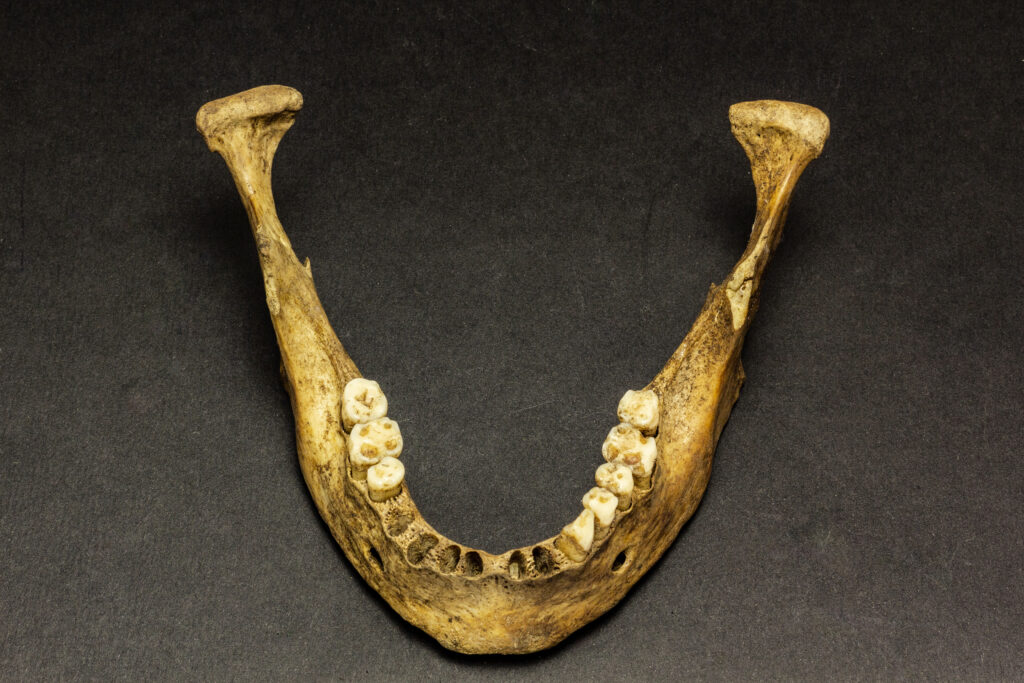A fossilized jawbone found off the coast of Taiwan is helping scientists learn more about the Denisovans, an extinct group of ancient humans. The bone likely came from a male who lived more than 10,000 years ago. With its strong jaw and large molars, the fossil adds new details to our limited understanding of these mysterious people.
The discovery came from the Penghu Channel, where fishers found the fossil on the seabed. This area was dry land during earlier ice ages, which makes it a promising site for ancient remains.
Although scientists could not extract DNA from the fossil, they used protein analysis to confirm that the jaw belonged to a Denisovan. This technique, called palaeoproteomics, offers a way to study ancient species even when DNA is too damaged to recover.
🔬 Fossil Offers a Richer View of Denisovan Features
Professor Enrico Cappellini from the University of Copenhagen co-authored the study. He said the jaw gives researchers a better look at what Denisovans looked like.
“This gives us a richer image,” said Cappellini. “It’s not just a tooth or a tiny bone anymore. Of course, we still want a full skeleton, but this is a big step forward.”
The fossil supports past discoveries, such as a jawbone found in Tibet in 2019. That jaw also had massive teeth and a strong structure, traits now seen as typical of Denisovans.
🌏 Ancient Humans Adapted to All Climates
Denisovans were first identified from a finger bone and a few teeth found in a Siberian cave. Since then, more fossils have shown that they lived in many places—from the icy lands of Siberia and Tibet to the tropical forests of Southeast Asia.
“This shows they were highly adaptable,” said Cappellini. “They survived in freezing cold, like -30°C in Tibet, but also in warm areas with animals like water buffaloes.”
Their wide geographic spread makes Denisovans one of the most versatile human species ever found.
🧬 Could Homo Longi Be Denisovan?
The discovery also feeds into an ongoing scientific debate. Some experts believe the Denisovans may be closely linked—or even identical—to Homo longi, a species often called “Dragon Man” due to a large skull found in Harbin, China.
Professor Chris Stringer from the Natural History Museum in London, who was not involved in the study, said the new fossil strengthens the case for a link between the two.
“It’s becoming clearer that Denisovans had a wider range than Neanderthals,” said Stringer. “The big question now is: Are Homo longi and Denisovans the same? Or should we merge the names?”
These questions may lead scientists to reclassify ancient human species in the future. What was once thought to be several separate groups could turn out to be one, with many regional differences.
📚 Study Published in Science Journal
The results of the fossil analysis were published in the peer-reviewed journal Science, adding to growing evidence that Denisovans played a major role in human history.
While much about them remains unknown, new tools like protein sequencing allow scientists to uncover more without needing perfect DNA samples. This method could help analyze other ancient bones that were once thought too damaged to study.
As more fossils are found in Asia and beyond, researchers hope to draw a clearer picture of how Denisovans lived, migrated, and interacted with other ancient humans—including Neanderthals and modern Homo sapiens.
